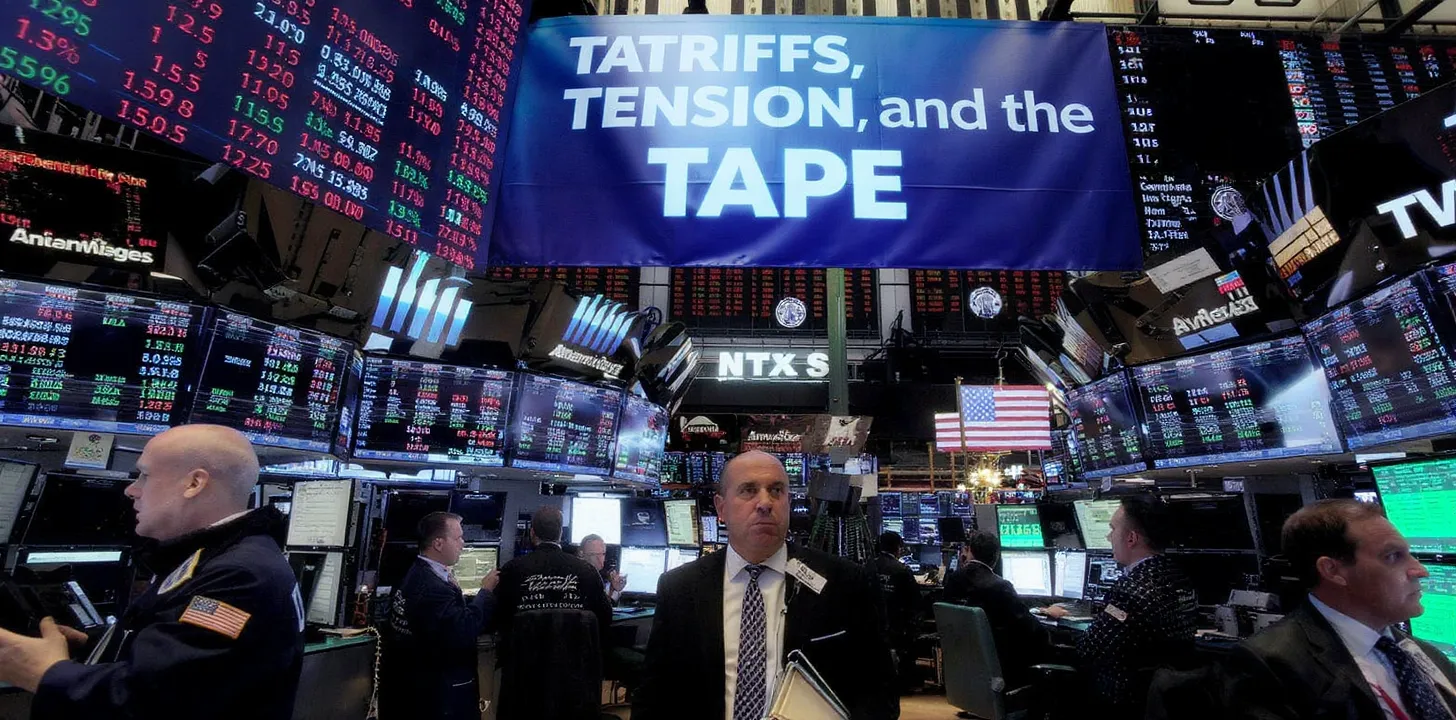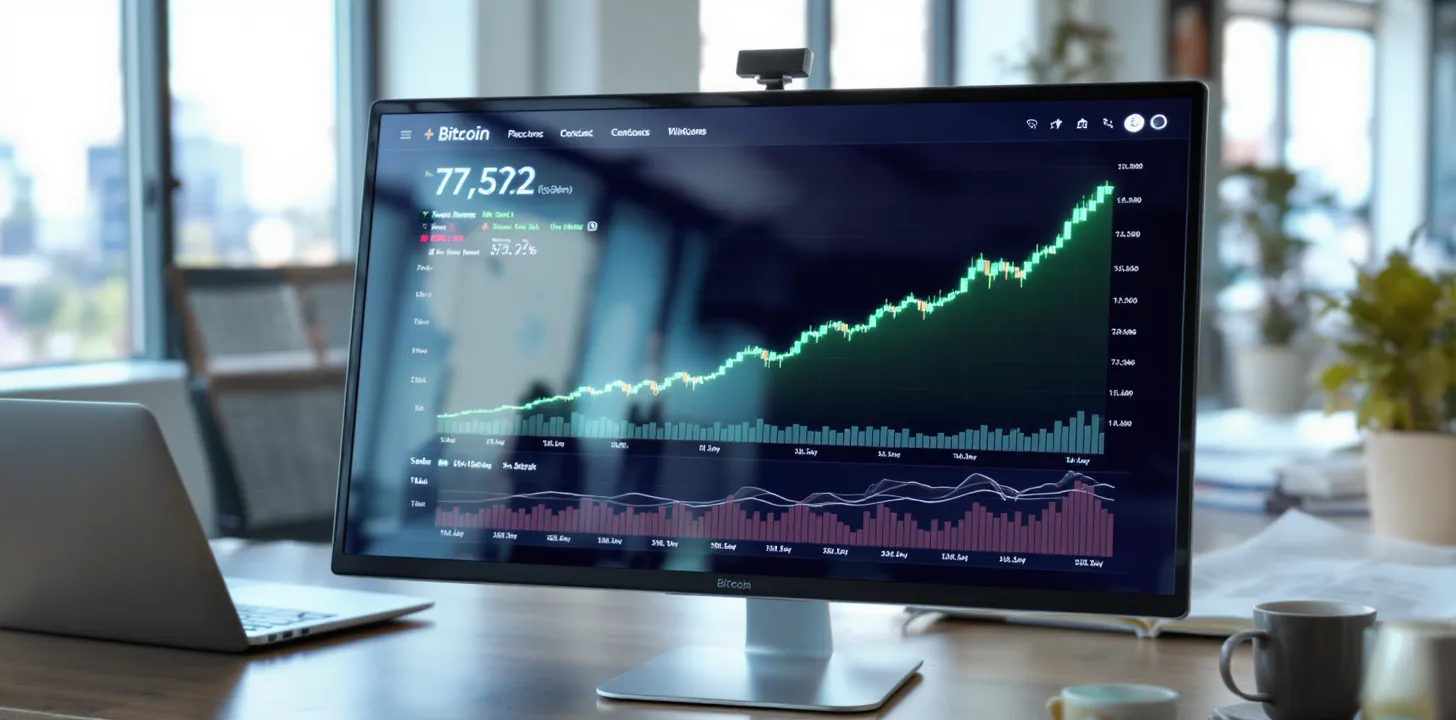Market Trends and the Art of ETF Valuation – A Comprehensive Guide
Introduction
Exchange-Traded Funds (ETFs) have become a cornerstone of modern portfolio construction. Their low costs, diversification benefits, and transparency make them an essential vehicle for both institutional and retail investors. Yet, the challenge lies in selecting ETFs wisely—balancing market trends with robust valuation methods. This blog explores current market dynamics, frameworks for ETF valuation, common behavioral biases, and strategies for constructing portfolios with resilience.
Understanding Market Trends in ETF Investing
The Growth of Passive Investing
Over the last two decades, ETFs have driven the passive investing boom. Trillions of dollars have shifted from actively managed mutual funds into ETFs, with flows particularly concentrated in large-cap equity, fixed income, and thematic ETFs.
Cyclical vs. Secular Trends
Investors must differentiate between cyclical (short-term economic cycles) and secular (long-term structural) trends. For instance, the rotation into value stocks during rising interest rates reflects cyclical forces, while the growth of ESG or technology ETFs reflects secular shifts.
Liquidity and Market Depth
A critical trend has been the rise of liquidity-driven flows. ETFs with larger assets under management (AUM) and tighter bid-ask spreads are increasingly favored, creating a “winner takes most” dynamic that impacts valuation and investor decision-making.
Valuation Methods for ETF Selection
1. Net Asset Value (NAV) and Tracking Error
The foundation of ETF valuation is its Net Asset Value. A well-constructed ETF trades near NAV, but assessing tracking error—the deviation from the benchmark—is key. A low tracking error ensures the ETF delivers the market exposure promised.
2. Price-to-Earnings and Price-to-Book Ratios
Equity ETFs can be analyzed like individual stocks. Price-to-Earnings (P/E) and Price-to-Book (P/B) ratios of underlying holdings help identify whether an ETF tilts toward growth or value. Comparing these metrics against broad benchmarks gives a relative valuation perspective.
3. Dividend Yield and Cash Flow Metrics
Income-focused ETFs demand an evaluation of dividend yield sustainability. An ETF offering an unusually high yield may carry risk if its holdings face cash flow stress.
4. Factor-Based Valuations
Smart-beta ETFs rely on factor exposures—value, momentum, quality, size, or volatility. Assessing factor premiums relative to historical averages helps investors judge entry points.
5. Risk-Adjusted Measures
Metrics like the Sharpe Ratio or Sortino Ratio contextualize returns against risk. ETFs that outperform peers on risk-adjusted returns often demonstrate robust portfolio construction.
Behavioral Biases in ETF Selection
The “Low-Cost” Obsession
While cost efficiency is important, an excessive focus on expense ratios can mislead investors into ignoring tracking error, liquidity, and hidden costs like bid-ask spreads.
Herding and Trend-Chasing
Thematic ETFs—cybersecurity, AI, clean energy—often attract flows at market peaks. Herding behavior leads to overvaluation and future disappointment.
Home Bias
Investors often overweight domestic ETFs, ignoring international diversification. This reduces exposure to global growth opportunities.
Recency Bias
Investors extrapolate recent performance into the future, ignoring mean reversion. For example, flows into tech ETFs surged after pandemic-era outperformance, even as valuations stretched.
Portfolio Composition with ETFs
Core-Satellite Approach
A classic method is to build a core portfolio using broad-market ETFs (e.g., S&P 500 or global equity ETFs) and surround it with satellites—thematic, factor-based, or alternative ETFs for alpha generation.
Balancing Growth and Defense
In volatile markets, pairing growth-oriented ETFs with defensive ones (e.g., utilities, healthcare, or treasury ETFs) balances portfolio risk.
Diversification Across Asset Classes
A resilient portfolio spans equities, bonds, commodities, and alternatives. Multi-asset ETFs or combinations of sector ETFs can shield investors from concentration risk.
Rebalancing Discipline
Systematic rebalancing enforces buy-low, sell-high behavior, countering emotional biases. Using valuation signals (like relative P/E ratios) during rebalancing strengthens discipline.
Perspectives on Future ETF Valuation
Impact of Interest Rates
Higher rates reshape bond ETF valuations. Duration-sensitive ETFs face price pressures, while floating-rate ETFs and short-duration funds gain attractiveness.
Technology and ESG Integration
Valuing ETFs increasingly requires incorporating ESG scores and technology adoption metrics, as investors demand sustainable and future-proof exposures.
Active ETFs and Transparency Trade-offs
The rise of active ETFs challenges traditional valuation models. Assessing manager skill, turnover, and transparency becomes crucial.
Conclusion
ETF investing sits at the crossroads of market trends, quantitative valuation, and behavioral psychology. A disciplined approach—balancing NAV analysis, factor premiums, and portfolio diversification—helps investors avoid biases and harness market opportunities. As global capital continues to shift toward ETFs, mastering these frameworks ensures investors can construct portfolios that thrive across cycles.



